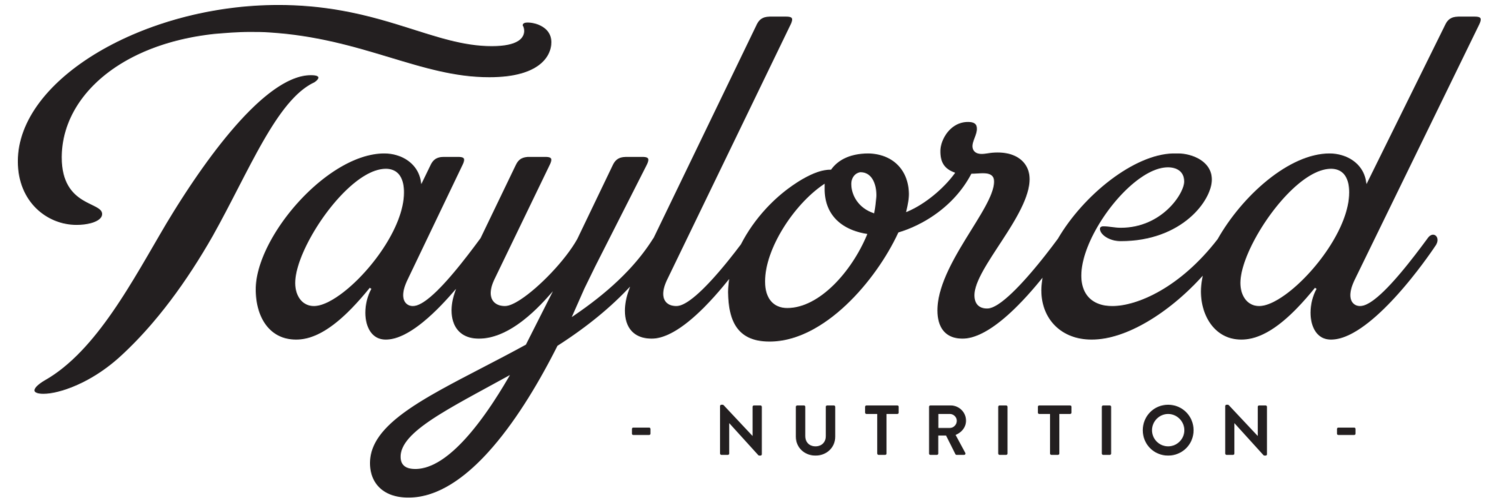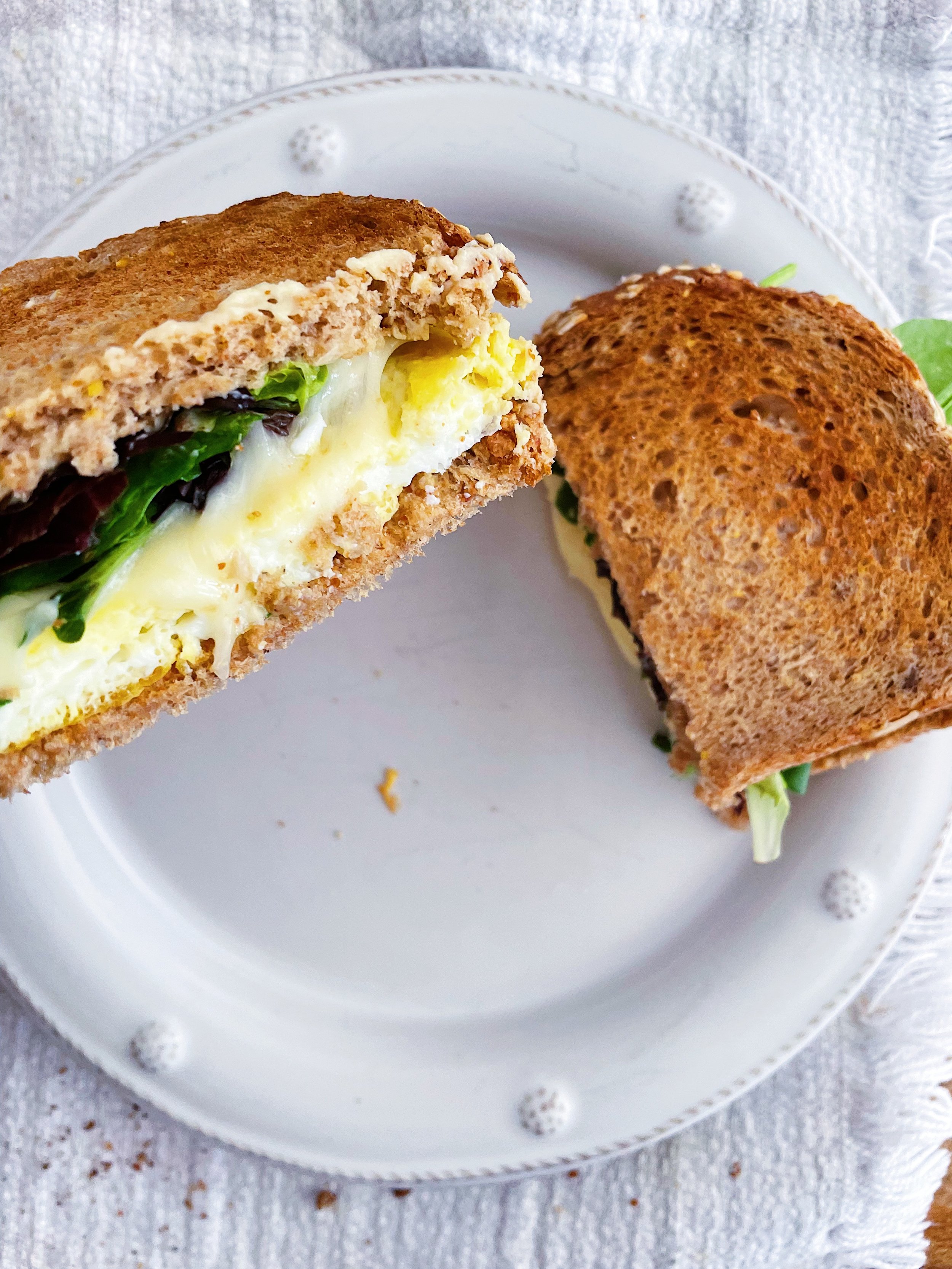Underfueling: Intentional or Unintentional?
And how it impacts reaching optimal energy intake and performance
I have worked with athletes with RED-S (or underfueling) for years, typically helping them ensure we are optimizing their bone health and iron levels as we optimize their fueling and put an end to any habits or beliefs or knowledge deficits that have led to the underfueling or could cause them to continue underfueling.
In this process I start to discover that the reason athletes underfuel can vary:
Some athletes’ underfueling is completely unintentional and accidental
Some is a result of disordered eating
Some is a result of what is likely a more severe potentially clinical eating disorder
Let’s dive into each of these categories of underfueling a little bit more…
Unintentional Underfueling
In my practice I have found that this is typically due to a combination of
Sports nutrition knowledge deficit
AND
Increase in training time and/or intensity
Typically in this scenario there is an increase in training time or intensity that is not met with an increased intake. This could be because the athlete is too busy to add snacks or think about increasing their intake or because the increase has actually lessened their appetite. They don’t know or understand the necessity of fuel and nutrition to not only support performance but to also prevent injury. And so at a time when nutrition needs to be amplified to support amplified training, it actually ends up being put on the back burner.
I’ve found that in many cases with unintentional underfueling once a young athlete realizes that nutrition can help them recover and heal or prevent injury, or they start to make small changes and realize how much better they feel and perform off of it, implementing the sports nutrition recommendations is relatively easy and painless. I stick with them for a bit after initial changes are made and positive outcomes start to materialize to make sure they can continue the changes and see desired results.
This reason for underfueling, in my experience, can be met with a lot of direct education and support in implementation.
Intentional Underfueling
When it comes to intentional underfueling, I split this further into two categories:
Disordered Eating
Eating Disorder
Both stem from intentionally restricting intake but I have seen that one has more chance of reversal in the outpatient setting with a clinician that specializes in disordered eating and underfueling while the other really needs more intensive often inpatient treatment but at least outpatient treatment with a certified eating disorder specialist (CEDS). And, I think it’s important to understand that disordered eating can, in some individuals, slide into a clinically diagnosable eating disorder if not caught and taken action on. So, even if you think the athlete has some “weird eating things” going on, it’s best to watch it closely and intervene as needed or appropriate vs sitting back and letting it potentially get worse.
What could Disordered Eating look like?
Disordered Eating is the athlete that:
Heard carbs were bad (NOT true) and so stopped eating sandwiches at lunch or the potatoes and rice with dinner.
The athlete that has started skipping one or more meals
The athlete that suddenly cut out any food group for a number of reasons (typical groups I see get cut include: animal proteins, grains, dairy, fats)
The athlete that will no longer eat after 6 or 7pm
The athlete that decided they should only eat one meal a day
An athlete feels they “overate” one day so skip meals and / or snacks or add a training session or two the next day to “make up for it”.
…and the list continues.
An example of when I might see this, going off of my initial scenario above is…
The athlete is in a more aesthetic sport or sport that favors “leanness” (think distance running, dance, gymnastics, wrestling, figure skating, etc). Their training time and / or intensity increases (think - move from 1 to 2 practices a day, add an hour of training a day or a few hours a week, begin learning a new skill, move to a new level). They know their training has increased but they don’t immediately want to increase their intake due to fear of body composition or weight changes. Their underfueling is now intentional. This is where we dig a little deeper to determine the severity. Can that athlete learn the keys to sports nutrition, understand the major value in increasing their fueling and start implementing new strategies? Or are they stuck with their normal level of fueling and, despite the education (or even an injury) are not able to implement improvements in their nutrition?
I think that the key with Disordered Eating is that, after a few sessions with education and conversation, the athlete is able to start implementing some of the sports dietitian’s recs that involve adding foods or increasing portions or adding meals back in. They are able to meet the milestones set by the RD at each visit and eventually can get back to the place of balanced optimal fueling. We can challenge the false information heard and new eating practices believed to make them a better athlete, educating and walking though implementing new and better nutrition strategies together.
The National Eating Disorder Association (NEDA) defines Disordered Eating as….
“A spectrum of problematic eating behaviors and distorted attitudes towards food, weight, shape and appearance that include dieting, skipping meals, fasting, restricting food intake, eliminating specific foods / food groups, binge eating, excess use of diuretics, laxatives or weight loss meds, and compensatory behaviors (purging, excessive exercising). These eating patterns can vary in severity but don’t meet the frequency, duration or psychological criteria for the diagnosis of an eating disorder.”
What could an Eating Disorder look like?
When a clinically diagnosable eating disorder is the reason for an athlete’s underfueling, I find that they are not able to make any changes that involve adding food into their day. Things like intense FEAR, UNCERTAINTY, ANXIETY, stop them from being able to add another food group or eat a food they used to eat or add lunch back in at school. And, sometimes, they cannot articulate exactly why they can’t make the change. There is very often a fear of weight gain or body composition changes, but that is not always the reason. There is a silent and invisible block between the athlete knowing what they need to do and actually carrying out the recommendations. I call this silent block the Eating Disorder.
When I see these actions, these concerns in my practice, I discuss with the athlete my recommendation for a higher level of care and additional support. I think all athletes struggling with increasing their fueling can benefit from a counselor but I think an athlete with a potential eating disorder 100% needs a therapist. Because a true diagnosable ED is not just about the food. This athlete needs support from an RD, a therapist and and MD. That is the way they will be able to start increasing and optimizing their fueling and, hopefully, get back to sport.
The National Eating Disorder Association (NEDA) defines an Eating Disorder as…
“A complex mental illness that is characterized by persistant disturbances in eating behaviors and impairment in psychological functioning. Specific diagnosis criteria for each major eating disorder is outlined in the DSM-5 TR and includes: Anorexia Nervosa, Bulimia Nervosa, Binge Eating Disorder, Avoidant Restrictive Food Intake Disorder, and Other Specified Feeding and Eating Disorder.”
What does this mean for the athlete?
As you can see, there are a variety of reasons a young athlete might be underfueling. I write this post to make you aware in case you start to question if your athlete is fueling like they should be. If you do think your athlete might be underfueling, knowing or having an idea as to why can help you prepare for the route of support. If it’s unintentional, your time with the sports RD may be brief (unless you are working together to get a period back or improve labs or see certain longer term performance goals). If it’s related to Disordered Eating, the time to improvement will be longer but length depends on your athlete’s willingness and ability to consistently make the changes.. And if it’s an Eating Disorder, it could be very long. However, it’s important that the Disorder be handled first b/c there is no way the athlete will meet their potential with the eating disorder yelling in their ear.
This post feels a bit heavier than my usual ones, but I think it’s important that the athletic community starts to see the spectrum of underfueling and that, while it can be a relatively easy fix, it can also be something complicated and very serious.
If we suspect underfueling in our athletes, it can never hurt to act or to inquire or to more closely observe. It’s only going to help them as an athlete, a performer and a person in the end.
More information on Disordered Eating & Eating Disorders can be found at the link below on the NEDA (National Eating Disorder Association) website.
https://www.nationaleatingdisorders.org/what-is-the-difference-between-disordered-eating-and-eating-disorders/
I hope you found today’s topic helpful.
Wishing you a well-fueled young athlete,
Taylor
A Couple of Resources for the underfueled young athlete:
The Getting started guide to a well-fueled young athlete
A guide to help you focus on what to know and where to start when it comes to fueling your young athlete
the
ending underfueling course
Help your athlete take the first steps to start eating more. They will follow a simple meal & snack framework that helps them include a variety of nutrients and the energy they need to start feeling and performing better.



